| Tuesday, November 14, 2023 | |
Integrated Photonics |
|
| 15:10 | Opening Remarks by Session Chair |
Gabriel Kittler, Chief Executive Officer Site Erfurt, X-FAB Semiconductor Foundries GmbH
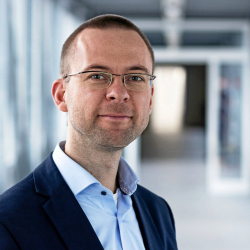
Biography |
|
| 15:20 | Overview Integrated Photonics, Ivan Nikitski, EPIC |
| 15:40 | VCSELs - Development - Production - Market |
Roman Koerner, Head of global R&D (CTO), TRUMPF VCSELs - Development - Production - Market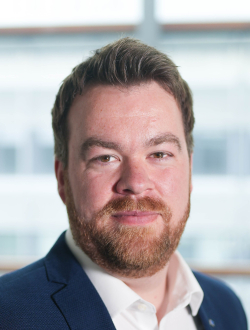
 Abstract Biography |
|
| 16:00 | Photonic IC Design: Innovation and Scalability |
Pieter Dumon, CTO, Luceda Photonics Photonic IC Design: Innovation and ScalabilityAbstract Biography |
|
| 16:20 | How PICs fit in a Heterogeneous World |
Frans Scheper, Supervisory Board Member PhotonDelta, Former President & General Manager EMEA Intel Corporation, PhotonDelta How PICs fit in a Heterogeneous World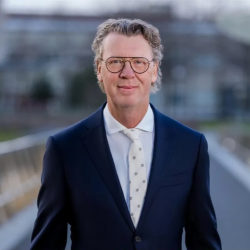
 Abstract Biography |
|
| 16:35 | Germanium Substrates for Photonics: GaAs Replacement Advantages and New Production Possibilities through CMOS Integration |
Ivan Zyulkov, Business Development Manager, Umicore Germanium Substrates for Photonics: GaAs Replacement Advantages and New Production Possibilities through CMOS Integration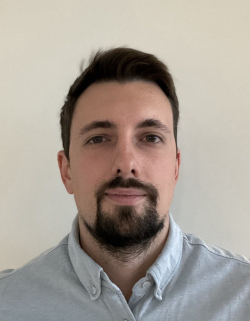
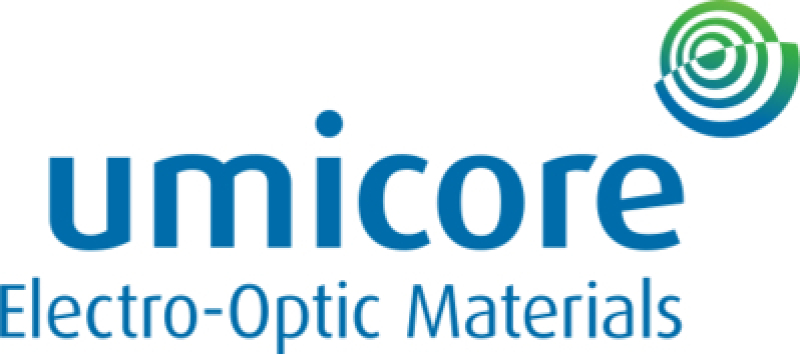 Abstract Biography |
|
| 16:55 | PhotonixFAB – The EU-funded Pilot Line to Empower Photonics Innovations |
Joni Mellin, BL manager photonics, XFAB AG PhotonixFAB – The EU-funded Pilot Line to Empower Photonics Innovations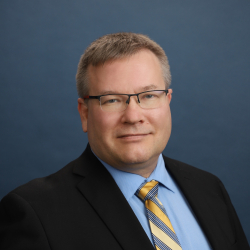
 Abstract Biography |
|
| 17:15 | Reserved |
| 17:35 | Key Takeways from Session Chair |
Gabriel Kittler, Chief Executive Officer Site Erfurt, X-FAB Semiconductor Foundries GmbH

Biography |
|